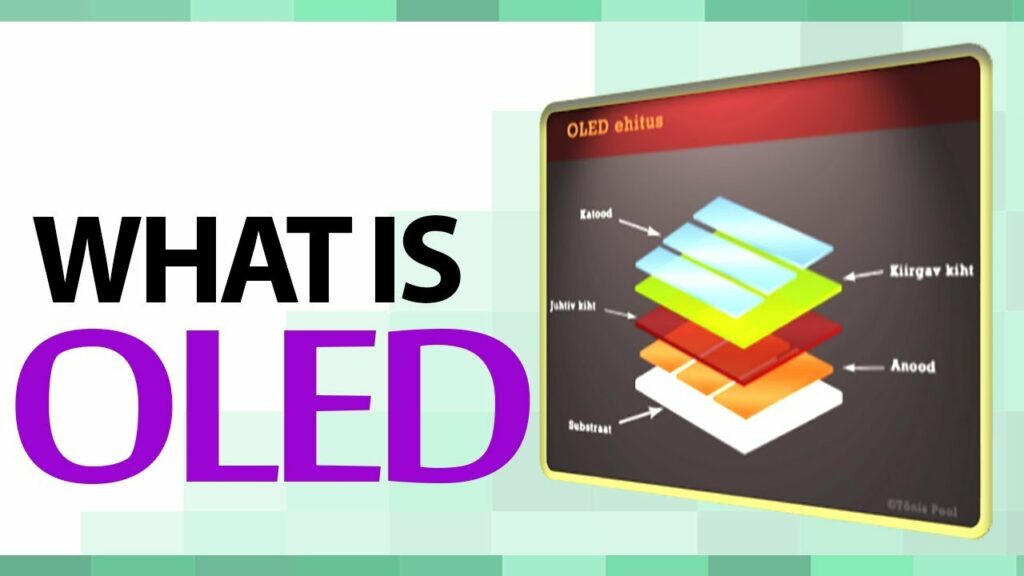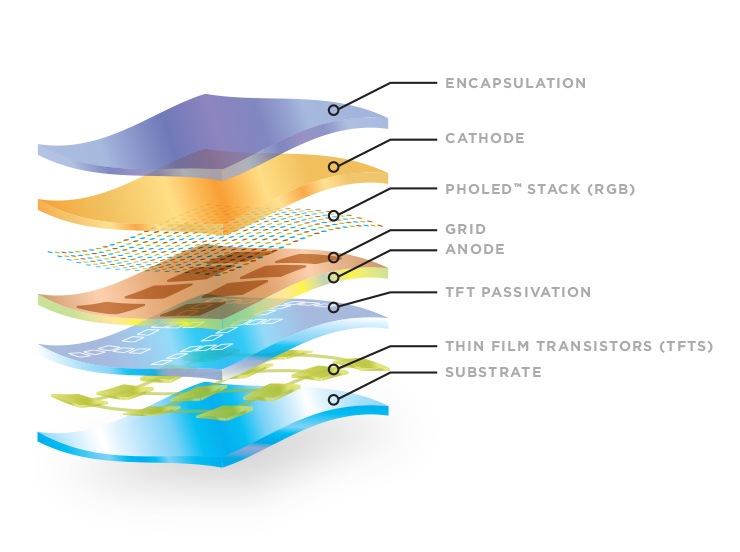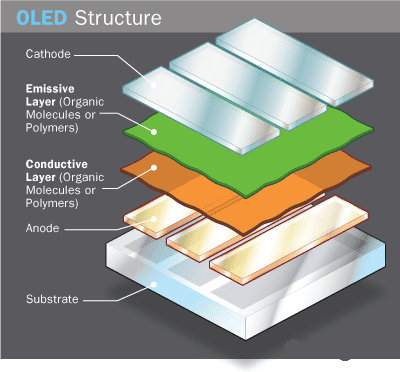There are many ways of display emerging in the new world of technologies. OLED panels are developed from organic materials that emit light when electricity is applying through them.If you’re thinking of buying a new TV or smartphone, you might have seen the term “OLED” used to describe the type of display. So what exactly is this technology, what benefits does it have, and why should you choose it over other display technologies?. OLED architecture is done to make users have friendly and supportively work.

What is this Architecture?
OLED stands for organic light-emitting diode or organic LED. To generate light or produce an image, an OLED display must pass an electrical current through organic electroluminescent material. Displays that can generate light without the need for a backlight are known as “self-emissive” displays.
OLED TVs take movies, tv shows and gaming to a different level. Packed with 4K resolution and even deeper shades of black, you’ll enjoy every minute of your entertainment.

This setup of TVs avail more opportunities and features in their functional composition. As a result, to use these kind of electronic gadgets, life has become simple. Because there’s a feature of AI Thinq.
Five Architectural Layers you must know

Passive OLED: Certain organic layers that run perpendicularly between the strips of the anode and the cathode are known as Passive OLEDs. Because these OLEDs describe about the external circuitry and pixel information. As a result, these OLEDs are easy to make, and use more power and best options for small screens.
Phosphorescent OLED: This OLED works on the principle of electroluminescence used to convert 100 % of the electrical energy into light. The specifications of these OLEDs are amazing and they reduce heat generation. As a result, they operate at very low voltage and have a long operating life time.
White OLED: Because these OLEDs emit only white light and are using in the making of larger and efficient lighting systems. These methods replace the fluorescent lights, and the energy cost is reducing for lighting.
Transparent OLED: This OLED consists of transparent substrate, anode and cathode. Lights emitting bi-directionally, and it can also be referring to as an active matrix or a passive method. These types of OLEDs are useful for heads-up display, transparent projector screens and glasses.
Top emitting OLED: The substrate layer in this OLED may be reflective or non- reflective and the cathode layer is transparent. These OLEDs are using with the active matrix devices and in the making of smart card displays.
Please refer here for more help and opportunities!





